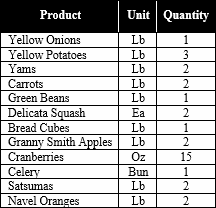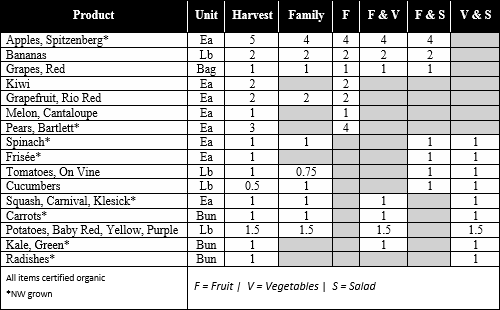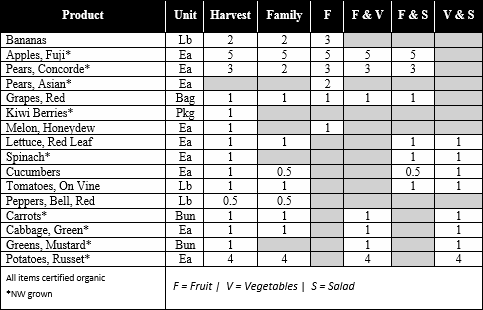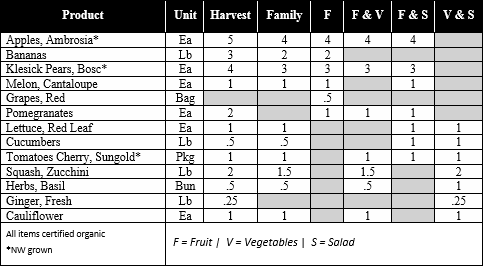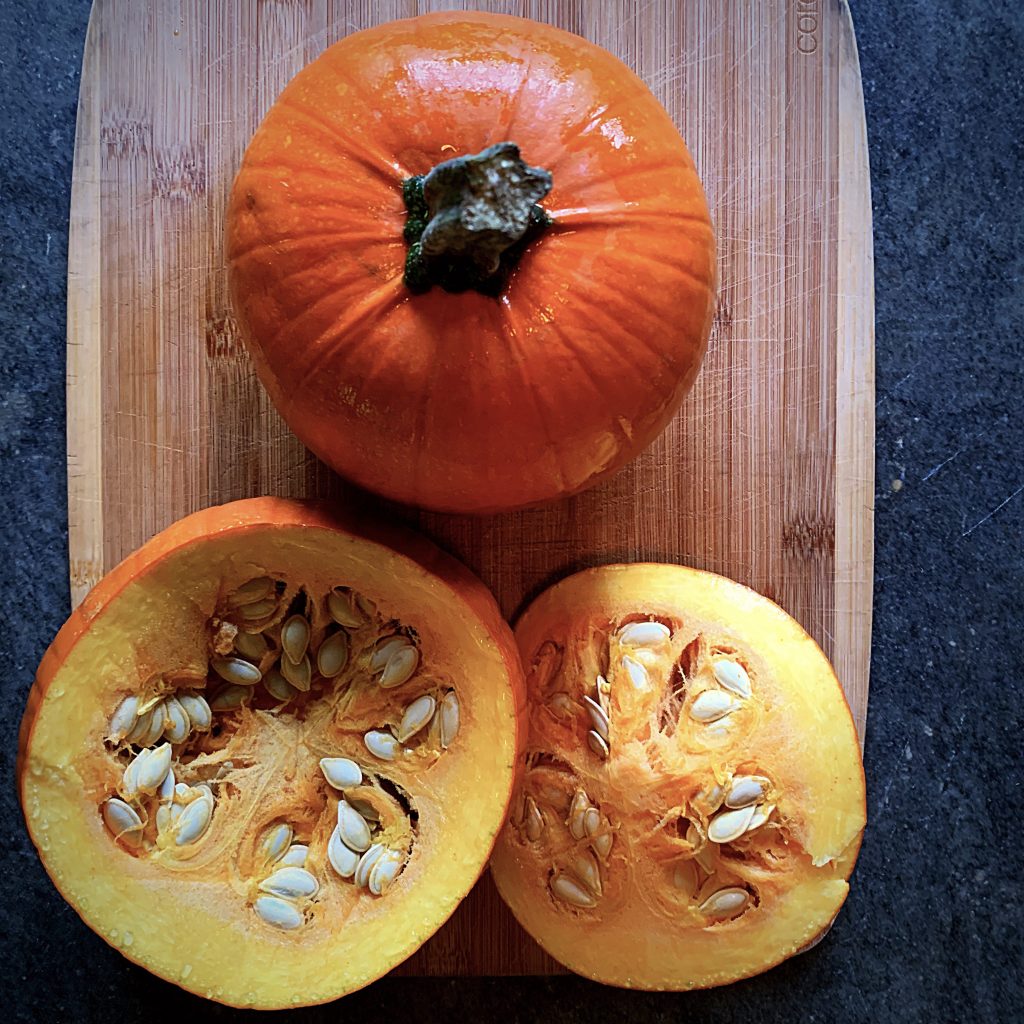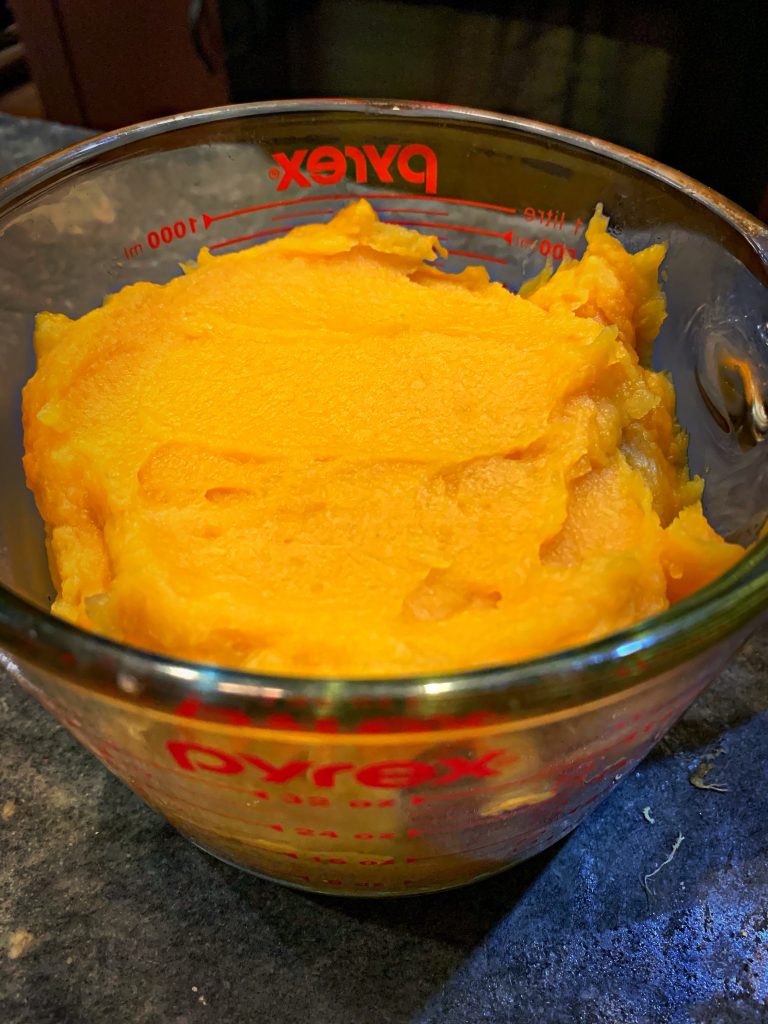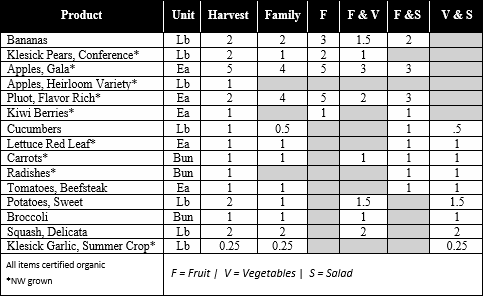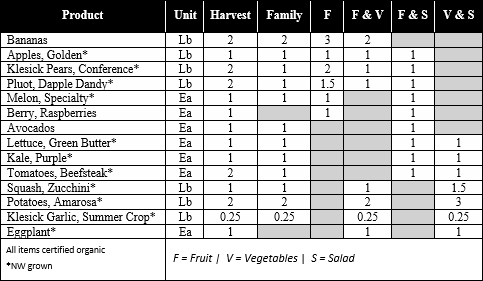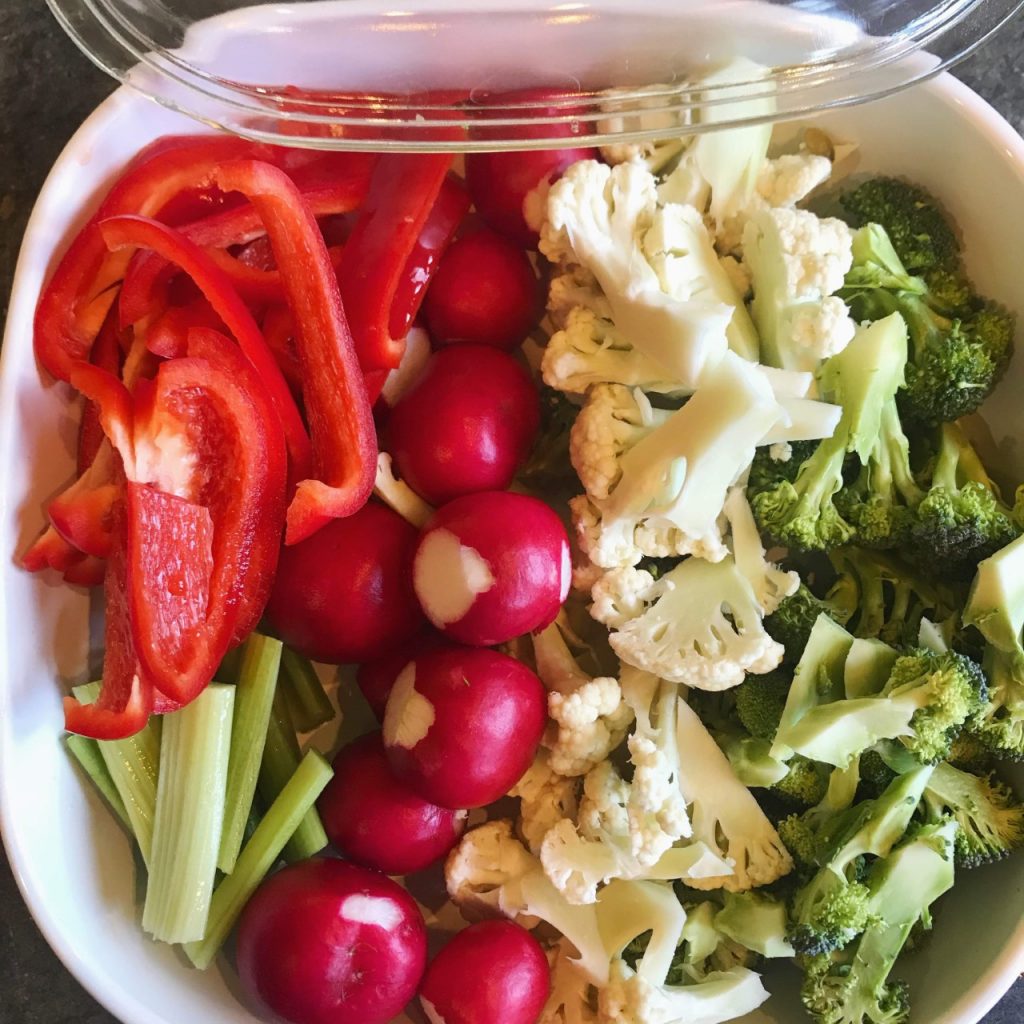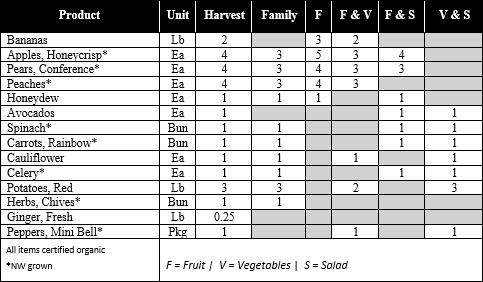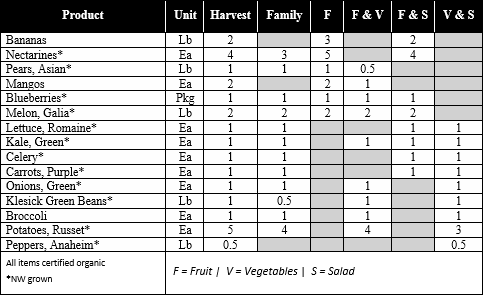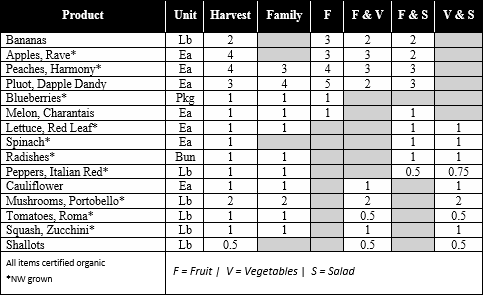Isn’t it hard to believe that it’s already time to be planning for Thanksgiving? Those of us in the farming and food business have already been planning for this major food holiday, but now it is time to share with you what we are “cooking up” on our end for deliveries.
Delivery Schedules:
For the week of Thanksgiving, all deliveries will be happening Monday, Tuesday and Wednesday. Which means if your normal delivery day is Thursday, Friday or Saturday, your order Thanksgiving week will be before the Holiday. Don’t worry about it now, we will email and communicate the delivery changes well in advance.
Holiday boxes:
For the Last 20 years we have been helping families with their Thanksgiving meal planning. This year will be no different, except, we have two ways to order your Thanksgiving items.
1. You can either order the Holiday Box (with my regular order) or the Holiday Box (replacing my regular order). Either way, the Holiday Box is the same box. But, inevitably, Alaina and the Klesick’s team will be thinking about Holiday box orders that also have your regular boxes still being ordered. Many of you intend to order a holiday box and your regular order and, conversely, many of you intend to only order a holiday box but forget to move your current order out a week. This change in how you order the Holiday Boxes will make it easier on our Klesick’s team to get your order perfect and make sure you get exactly what you ordered.
2. The Holiday Boxes are available for the weeks of November 11th, 18th, 25th, and December 1st. The Holiday box is a popular box all month.
3. You can also send a Holiday Donation Box to one of our 10 food banks that we partner with weekly and make this Holiday Season even more nutritious for a family in need. For each donation box purchased, we send out end of year tax receipts.
4. And as usual, you can order all your Thanksgiving ingredients “a la carte“.
5. The Holiday Box menu and prices are available below.
Thank you,
-Tristan
Farmer/Health Advocate
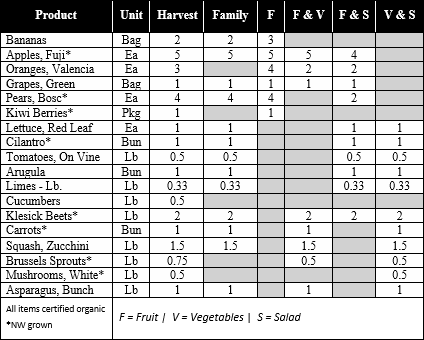
Holiday Box Menu:
